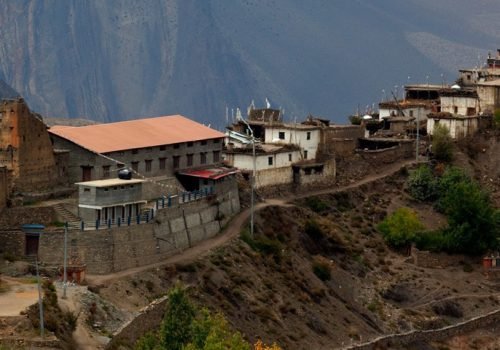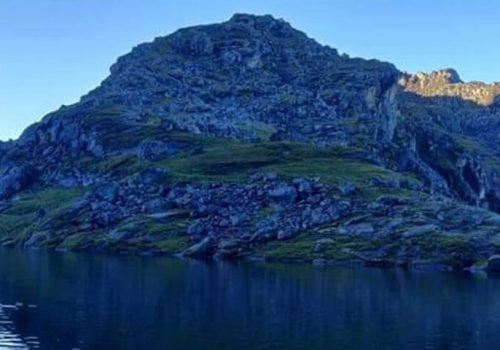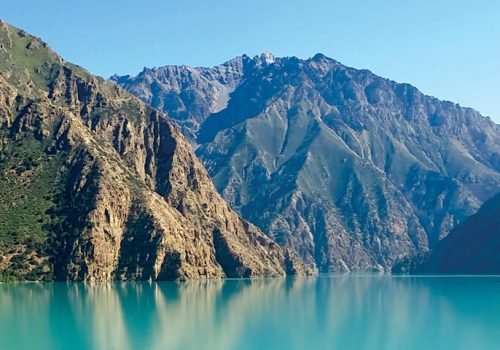Altitude Sickness
Posted in 3rd Oct, 2019
Sometimes called “mountain sickness,” altitude sickness is a group of symptoms that can strike if you walk or climb to a higher elevation, or altitude, too quickly.
Why It Happens
The pressure of the air that surrounds you is called barometric pressure. When you go to higher altitudes, this pressure drops and there is less oxygen available.
If you live in a place that’s located at a moderately high altitude, you get used to the air pressure. But if you travel to a place at a higher altitude than you’re used to, your body will need time to adjust to the change in pressure.
Any time you go above 8,000 feet, you can be at risk for altitude sickness.
Types
There are three kinds of altitude sickness:
Acute Mountain Sickness (AMS) is the mildest form and it’s very common. The symptoms can feel like a hangover – dizziness, headache, muscle aches, nausea.
High Altitude Pulmonary Edema (HAPE) is a buildup of fluid in the lungs that can be very dangerous and even life threatening.
High Altitude Cerebral Edema (HACE) is the most severe form of altitude sickness and happens when there’s fluid in the brain. It’s life threatening and you need to seek medical attention right away.
Symptoms
You might have:
- Headache
- Dizziness
- Nausea
- Vomiting
- Fatigue and loss of energy
- Shortness of breath
- Problems with sleep
- Loss of appetite
Symptoms usually come on within 12 to 24 hours of reaching a higher elevation and then get better within a day or two as your body adjusts to the change in altitude.
If you have a more moderate case of altitude sickness, your symptoms might feel more intense and not improve with over-the-counter medications. Instead of feeling better as time goes on, you’ll start to feel worse. You’ll have more shortness of breath and fatigue. You may also have:
- Loss of coordination and trouble walking
- A severe headache that doesn’t get better with medication
- A tightening in your chest
If you develop a severe form of altitude sickness like HAPE or HACE, you might have:
- Confusion
- Shortness of breath even at rest
- Inability to walk
- A cough that produces a white or pink frothy substance
- Coma
Related Packages
-

- 14 Days
- Min 01 Group Size
- Moderate Difficulty
Gokyo Valley Trek
Gokyo valley trek is one of the very well-known and adventurous trekking routes...
Read More -

- 12 Days
- Min 02 Group Size
- Moderate Difficulty
Lower Mustang Trek
Lower Mustang Trek is the most popular trekking trail in the Annapurna region....
Read More -

- 10 Days
- Min 02 Group Size
- Moderate Difficulty
Langtang Valley Trek
Langtang Valley Trek lies to the Northernmost and in the Himalaya’s region of...
Read More -

- 16 Days
- Min 02 Group Size
- Normal Difficulty
Langtang Gosaikunda Lake Trek
Gosaikunda (Langtang Gosaikunda Trek) is all to Trek to the gorgeous lake; Gosaikunda...
Read More -

- 12 Days
- Min 02 Group Size
- Moderate Difficulty
Phoksundo Lake Trek
Phoksundo Lake Trek lies in Dolpo, which is also the largest territorial district...
Read More

